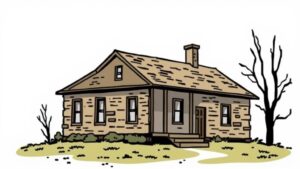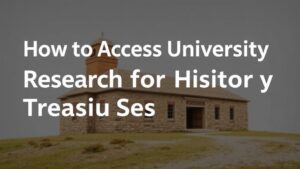Combining Geological Surveys and Folklore to Uncover Rich Mining Areas
Combining Geological Surveys and Folklore to Uncover Rich Mining Areas
Mining has shaped economies and cultures around the world, driving exploration efforts to uncover mineral wealth. Traditionally, geological surveys have been the primary technique employed by geologists and mining engineers to identify prospective areas for mining. But, integrating folklore and traditional knowledge with scientific methods offers a promising avenue for uncovering rich mining areas, as demonstrated by various historical and contemporary examples.
The Role of Geological Surveys
Geological surveys utilize systematic study of the Earth’s material, which includes analyzing rock, soil, and mineral compositions. process involves sophisticated techniques such as:
- Geochemical analysis: Testing soil components to identify mineral traces.
- Geophysical methods: Using magnetic and electromagnetic surveys to detect underground anomalies.
- Remote sensing: Utilizing satellite imagery to assess landscape and mineral distribution.
A notable example of geological surveys leading to successful mining operations can be seen in the discovery of gold in California during the 1848 Gold Rush. Extensive geological surveys revealed significant deposits, which led to a mass influx of prospectors and the rapid growth of the mining industry.
Folklore as a Resource
Folklore consists of the body of traditional beliefs, customs, and stories that are passed down through generations. In mining contexts, folklore often includes tales of lost mines, legendary treasures, and the practices of indigenous peoples that might highlight resource-rich areas. Researchers and explorers have begun to acknowledge that these narratives can provide valuable insights into potential mining locations.
Examples include:
- The discovery of silver in Mexicos Zacatecas region was influenced by local legends of hidden riches buried by ancient civilizations.
- In Australia, Aboriginal stories about natural features and landmarks have led geologists to mineral deposits that might otherwise have been overlooked.
Case Studies of Successful Integration
Several case studies demonstrate the successful combination of geological surveys and folklore in mining explorations.
Case Study 1: Witwatersrand Basin, South Africa
The Witwatersrand Basin is one of the richest gold-producing areas in the world, with significant deposits discovered in the late 19th century. While geological surveys confirmed the presence of gold, local folklore recounted tales of rich gold fields that attracted the initial prospectors. The integration of traditional knowledge regarding the land was critical in guiding the early strategies for mining exploration.
Case Study 2: The Cevennes, France
A study in the Cevennes region showcased how folklore informed geological surveys. Local legends referred to extraordinary deposits of lead and silver hidden within specific mountain ranges. When geologists applied modern geological techniques in these areas, they discovered substantial mineral deposits, leading to renewed mining operations.
Challenges and Considerations
While combining geological surveys with folklore provides numerous benefits, the approach also presents challenges:
- Credibility and Accuracy: Folklore can be subjective and may lack scientific verification, leading to uncertainty in its reliability.
- Cultural Sensitivity: Engaging with folklore requires respect for local traditions and ethical considerations regarding the use of indigenous knowledge.
- Integration of Data: Harmonizing qualitative folklore narratives with quantitative geological data can prove difficult.
Real-World Applications
Mining companies and researchers are increasingly aware of the potential benefits associated with this combined approach. Companies have started to collaborate with local communities to document their folk narratives, recognizing the intrinsic value of these stories as supplements to scientific methodologies. Such practices not only enhance data validity but also foster sustainable relationships with local populations.
Actionable Takeaways
For mining companies and researchers looking to enhance exploration outcomes:
- Invest in ethnographic studies to gather local folklore and traditional ecological knowledge.
- Integrate folklore analysis into the planning stage of geological surveys to enhance data interpretation.
- Engage and collaborate with local communities to establish trust and encourage knowledge sharing.
Combining geological surveys with folklore creates a multidimensional approach to mining exploration. By embracing traditional knowledge alongside scientific inquiry, mining operations can uncover richer, untapped areas while simultaneously respecting the histories and cultures of local communities.

